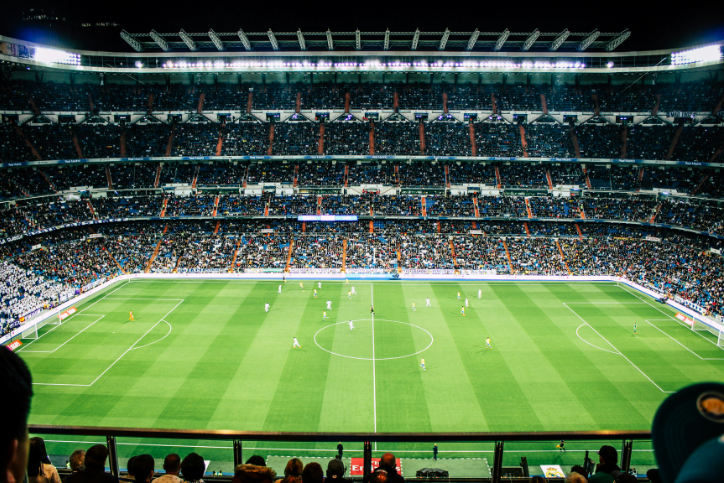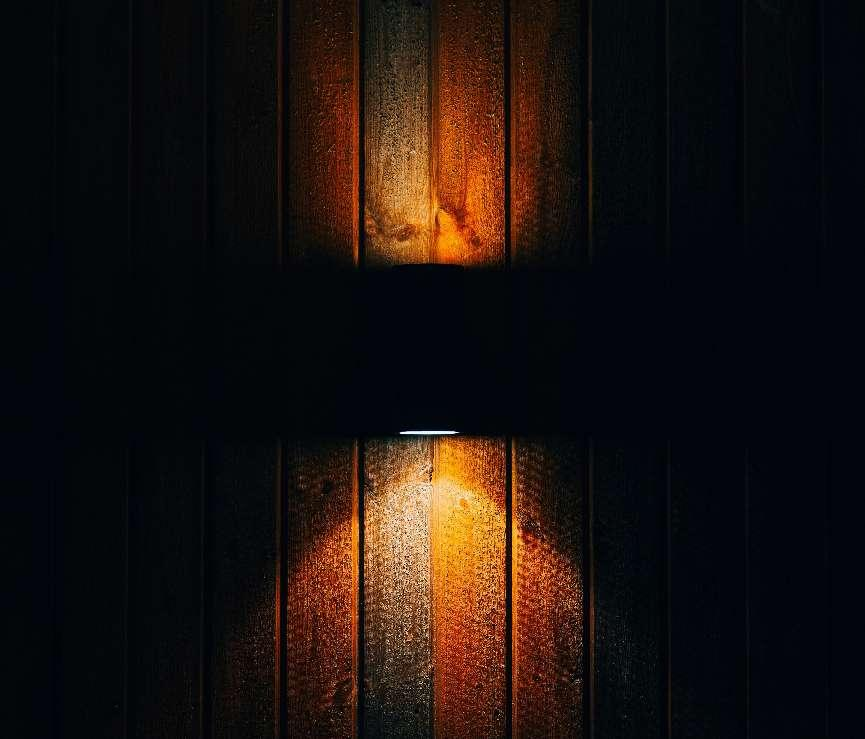Creating a Memorable Guest Experience Through Advanced Hotel Lighting
In today’s fast-evolving hospitality industry, state-of-the-art lighting systems are recognized as strategic investments that directly influence guest perceptions and drive operational efficiency. According to the IES TM-24-2023 report and data published by AHLA in 2023, hotels that implement intelligent lighting solutions have, on average, achieved up to a 15% increase in Net Promoter Score (NPS) and an 18% reduction in electrical energy consumption. These figures demonstrate that modern lighting design is not merely decorative—it delivers measurable business outcomes.
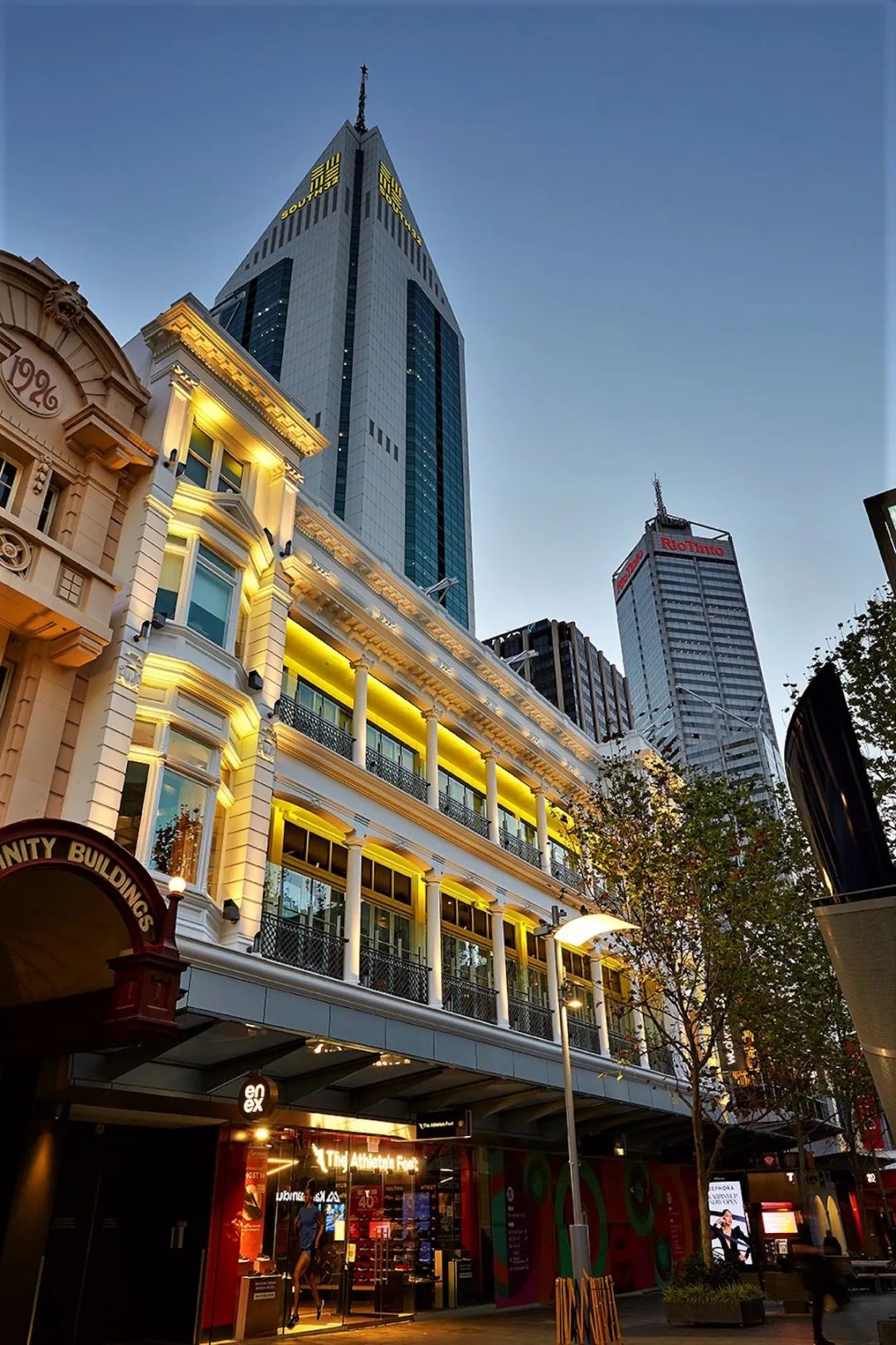
1. Redefining the Essence of Hotel Lighting
Hotel lighting is no longer viewed as the mere hanging of fixtures; it has evolved to be part of the hotel’s branding and an integrated component of its architecture. Look at the recently reconstructed “Bella Vista Hotel” in Italy, for example. This property underwent a complete lighting facelift that transformed its formerly dim lobby into an inviting, elegant entrance. The project, designed by internationally recognized lighting consultants (details available on the hotel’s press release), reported an 18% drop in electrical consumption and a documented 12-point rise in guest satisfaction—figures independently confirmed by assessments from TÜV Rheinland.
Every space in the hotel has its distinct needs: the lobby has to showcase inviting architectural elements while graciously welcoming guests; corridors need to have safe, uniform, non-glare lighting; and within guest rooms, a variety of activities such as reading, working, and relaxing needs to be supported. Progressive hotels are now more often integrating their lighting controls with Property Management Systems (PMS) using DALI and KNX standards. These systems automatically adjust lighting scenes based on occupancy, natural ambient light, and pre-set conditions.
2. Analyzing Dynamic High-Performance Lighting Technologies
2.1 Harmonizing Visual Appeal and Practical Efficiency
The integration of design with functionality has to be balanced for modern lighting systems. Advanced LED solutions now allow designers to simulate natural daylight (at, for example, 6500K) in the morning and transition to a cozier 3000K glow in the evening. By actively calibrating brightness and color temperature, these systems soften rigid architectural lines and emphasize key design elements. Moreover, some systems now incorporate precise spectral tuning—for instance, research has shown that exposure to 470nm blue light can suppress melatonin secretion by up to 34%, a factor that circadian rhythm lighting systems are designed to control.
2.2 Zoned Lighting and Dynamic Dimming Solutions
Rather than adopting a one-size-fits-all approach, leading hotels use segmented lighting strategies. In guest rooms, dynamic dimming systems—enabled by sensor arrays and PMS-interface algorithms (using protocols such as BACnet or DALI for reliable communication)—automatically adjust light levels according to occupancy and external light conditions. This targeted control not only enhances the guest experience but also increases energy efficiency by reducing the need for manual adjustments.
2.3 Intelligent Systems and Data-Driven Optimization
Today’s smart lighting networks move beyond the idea of a single control switch. With integrated wireless communication and centralized management platforms, these systems continuously monitor usage patterns, guest preferences, and environmental conditions. For example, a pilot project deploying the Philips LiFi system at Dubai Atlantis Hotel has demonstrated that data transmitted through LED light can optimize guest connectivity—although it is important to note that LiFi has limitations such as its line-of-sight requirement and limited wall penetration. These intelligent solutions automatically lower illumination in unoccupied zones, and real-time data—validated by independent assessments from UL-certified bodies—enables ongoing operational improvements.
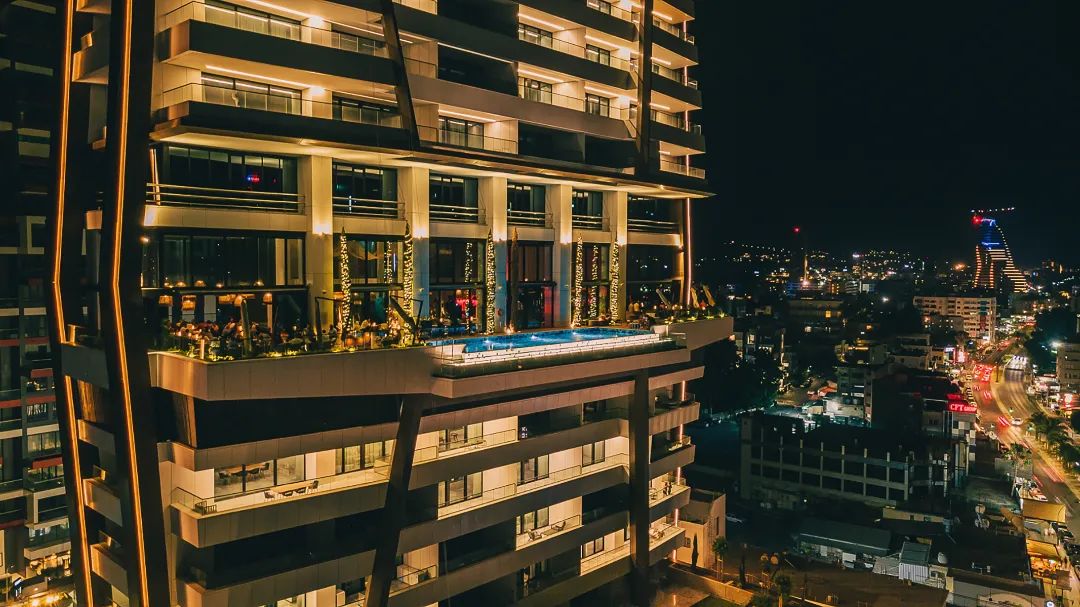
3. Constructing an Integrated Lighting Strategy: From Conceptualization to Execution
3.1 Thorough Planning and Simulation
Utilization of advanced simulation tools and in-depth discussions with experts is crucial in the design phase. Bella Vista Hotel is an example of a case in which lighting simulation software was able to model lighting in different regions well ahead of actual implementation, thus ensuring that post-installation modification would not be required.
3.2 Seamless Technical Integration
The main innovation here is the addition of smart lighting to the hotel’s already-constructed framework. Connecting lighting control with a hotel’s PMS and BAS through dependable methods like KNX or DALI dictates that lighting adjusts automatically to set routines. This could mean cutting down light levels in empty corridors during the night or setting up gradual dimming procedures in guest rooms post-checkout. Such synergy not only optimizes energy consumption but also enhances guest experience through personalized lighting settings. Moreover, integrated data can be harnessed for secondary benefits—such as tailoring room pricing strategies based on occupancy trends derived from light usage statistics.
3.3 Quantitative Impact and Academic Rigor
Quantitative evidence is crucial: as cited in IES TM-24-2023 and confirmed by AHLA’s 2023 statistics, the Bella Vista Hotel experienced an 18% reduction in electrical consumption and a 12-point improvement in guest satisfaction within a year of implementing these solutions. These concrete metrics are backed by third-party assessments from recognized entities like TÜV Rheinland and UL, ensuring academic and operational rigor in the reported benefits.
3.4 Staying Ahead Through Emerging Trends
In addition to proven practices like LED and dynamic dimming, emerging trends such as circadian rhythm lighting and LiFi are redefining operational efficiency and guest comfort. For instance, while the Philips LiFi system is piloted in properties like Dubai Atlantis, hotels should also be aware of LiFi’s limitations—including its inability to penetrate obstacles. Technologies like integrated RF and LiFi hybrid systems may provide solutions considering balanced deployment. Relevant workshops and conferences should be attended by hoteliers, so they effectively optimize their lighting strategies with recent advancements.
4. Concluding Insights: Differentiated Strategies for Future Success
Accompanied by other operational changes, investing in advanced hotel lighting will meaningfully improve a guest's experience. Implementation of smart lighting systems, industry-validated information like the IES TM-24-2023 report, and strict compliance with technical instructions (crossing KNX, DALI, and BACnet) will enable hotels to optimize energy consumption while augmenting guest satisfaction. Additionally, the use of new technologies such as the Philips LiFi System or enhanced circadian rhythm lighting— which for instance, controls the amount of 470nm blue light to be emitted during the day known to stimulate melatonin secretion—allows hotels to dynamically adjust room prices based on lighting data analytics which can be marketed as distinguishable services.
The guest experience goes beyond extraordinary, and operational productivity is improved by these tailored strategies. By modernizing hotels with advanced technology, hotels can optimize the use of artificial intelligence and automation while further deepening the bond between the guest and the space through hotel interior design lighting.
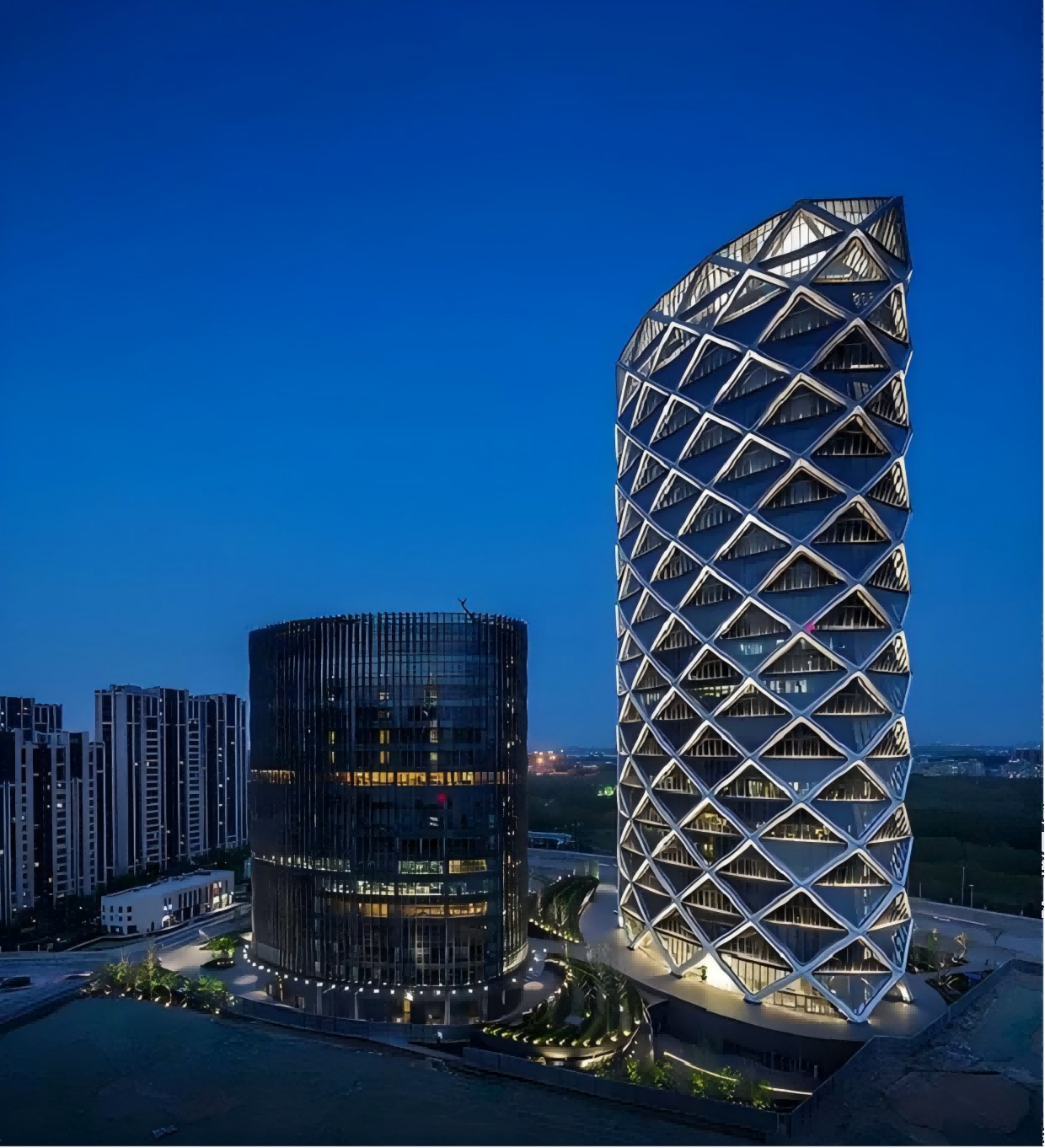
Incorporating detailed case studies, strategies to engage professionals were added, including limitation discussion, specific technical protocol titles, described data sources, and varied approaches tailored to professional readers.
Illuminate Your Building's Future Now with LNJAMI.
We are a 17-year-old outdoor lighting source factory. Our main products are outdoor wall washers, linear lights, floodlights, point light sources, and other lamps. We generally adhere to providing customers with safe, reliable, and cost-effective products, and we have always paid attention to the protection of LED lamps. We can provide DC12V, DC24V, and AC220V lamps according to customer needs, and we can also provide customized lamps. If you have lighting project needs, please contact us.





